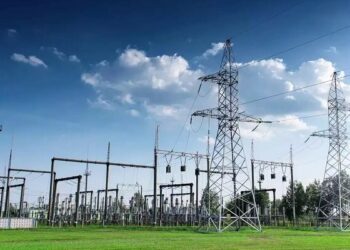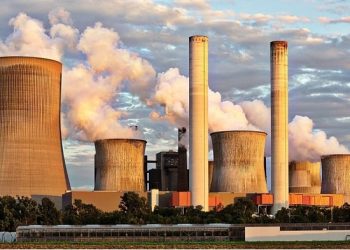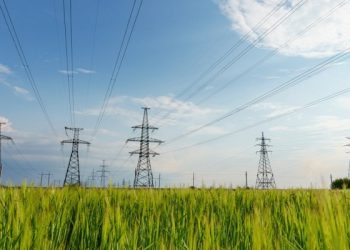Commercial and domestic buildings represent the bulk of the demand for thermal insulation materials in Asia, with the use in industrial applications being much smaller as a whole.
However, this is a rather skewed perception of the overall thermal insulation market in APAC, owing to the supremacy of China, which represents 83% of the recorded demand. Indeed, the consumption of thermal insulation products in China is empirically split into 66% for the building segment, versus 34% in industry. However, at the opposite extreme, India’s consumption of thermal insulation products is almost reversed, with the vast majority being used in industrial applications (71%) rather than in building construction.
In reality, there is a deficiency in terms of the usage of thermal insulation materials in the less developed of the Asian countries, where the need for thermal insulation is not fully understood, and this is further exacerbated by the mild climate that much characterises the region. Much of the demand is thus confined to the industrial segment.
In the countries of China, South Korea and, to lesser extent, Japan, where the use of thermal insulation materials is more widespread, the rising awareness with regards to the benefits of insulation to achieve energy efficient buildings, together with rising energy prices, are increasing the importance of insulation materials in construction. In the other countries, there is a generalised lack of legislation when it comes to thermal insulation and building standards, further explaining the low levels of consumption.
Other than for industrial applications, Asian countries with tropical climates are seeing an increased demand for thermal insulation materials in high-end, high-rise apartment blocks and commercial buildings such as modern hotels or offices, as well as in air-conditioning systems.
By material type, expanded polystyrene accounts for the largest proportion (40.2%) of thermal insulation products consumed in the Asian market. Nonetheless, little by little, the concept of fire performance in insulation is trickling through and, in particular, this has been more relevant in China and South Korea.
Overall, the market for thermal insulation materials in Asia is forecast to grow at a rate of 4.8% year on year to reach 343.6 million m 3 by 2020, thanks to the region’s urbanisation rate and in spite of China’s economic slowdown. The emerging economies of the Philippines and Indonesia will experience the fastest CAGR of 9.0% and 9.2%, respectively, albeit from a very low base.









































